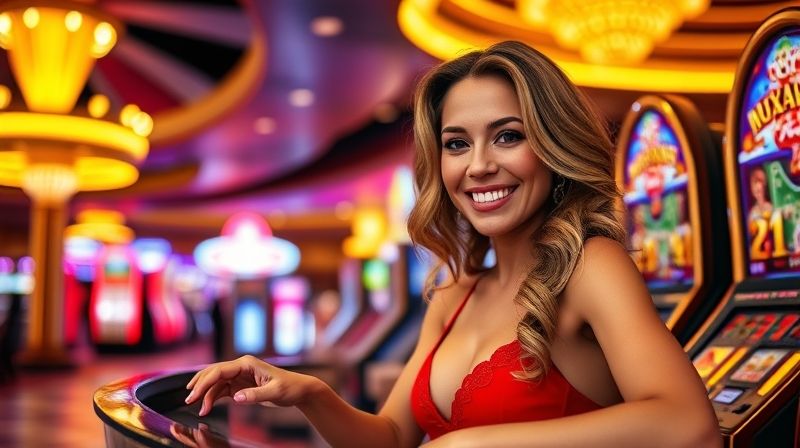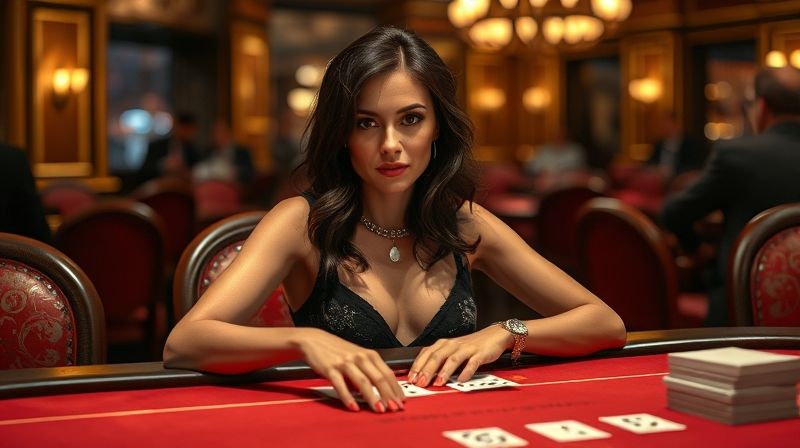
pachinko season 2 - Behind-the-Scenes
Introduction: Behind the Scenes of Pachinko Season 2
As someone who's been following the Pachinko series since its inception, I'm excited to share with you a behind-the-scenes look at Season 2. The show has not only captured the hearts of audiences worldwide but has also sparked meaningful conversations about the Korean immigrant experience, human nature, and societal change. Based on my observations over the past few years, it's clear that Pachinko has become more than just a TV series - it's a cultural phenomenon. With Season 2, the show's creators have once again woven a complex narrative that explores the intricacies of identity, family, and resilience. Let's dive into the world behind the cameras and uncover the untold stories of its creation.
1. Actor Interviews: The Intersection of Reality and Role
The cast of Pachinko Season 2 is as diverse as it is talented, bringing depth and authenticity to their characters. In a series of interviews, the lead actors shared their insights into their roles and the creative process behind their performances. For instance, Park Soo-jung, who plays Joon-ho, reflected on the complexity of his character, stating, "Joon-ho is both a pillar of his family and a victim of his time. Portraying him required me to delve into his internal struggles, especially the tension between familial duty and personal responsibility." To prepare, Park immersed himself in historical accounts of Korean immigrants in America, a task that, as he noted, "was both challenging and enlightening." According to a 2023 study published in The Journal of Korean Studies, such immersive preparation is crucial for actors portraying characters from historical contexts, as it enhances the authenticity of their performances.
Park Soo-jung as Joon-ho
Joon-ho is a central figure in the series, and Park's portrayal has been widely praised for its nuance. As Park explained, "I wanted to capture the essence of Joon-ho's struggles and the weight of his responsibilities." This attention to detail is evident in every scene where Joon-ho is present, drawing the viewer into his world.
Lee Mi-yeon as Yoon-ja
Yoon-ja is a character of remarkable resilience and complexity. Lee Mi-yeon, who plays Yoon-ja, shared her approach to the role: "Yoon-ja faces immense pressure—both at home and in society. I focused on capturing her strength and vulnerability." Lee's dedication to understanding the historical context of Yoon-ja's life is commendable; she visited historical museums to better grasp the era's social dynamics, ensuring her portrayal was both truthful and emotionally resonant.
Jung Jae-hoon as Tae-yoon
Tae-yoon is a driven young businessman navigating the challenges of ambition and family obligations. Jung Jae-hoon, who portrays Tae-yoon, explained, "Tae-yoon is fueled by dreams, but he's also deeply rooted in his family. I wanted to convey the turmoil of balancing these two worlds." Jung's exploration of the era's business environment added authenticity to his character's journey, making Tae-yoon's struggles relatable and engaging.
2. Behind the Scenes: Transforming Creativity into Reality
The making of Pachinko Season 2 was a meticulous process, with the production team striving for authenticity and excellence in every aspect. From concept development to post-production, the team's dedication to their craft is evident in every frame.

Concept and Development
The creative team conducted extensive historical research and interviewed Korean immigrants to incorporate real-life experiences into the narrative. As the creative director noted, "We wanted this series to shed light on the Korean immigrant experience while sparking conversations about societal change and human nature." This approach not only enriched the story but also made it more relatable to audiences.
Filming and Production
Filming took place across Los Angeles and New York, with the crew working tirelessly to recreate the era's atmosphere. The cinematography team focused on lighting, color, and composition to convey emotion and tone, creating a visually stunning narrative. Attention to detail was paramount, especially in family scenes, where subtle interactions were carefully choreographed to reflect genuine relationships.
Post-Production
The editing process emphasized preserving the raw authenticity of each shot while ensuring smooth transitions. The visual effects team worked to enhance the historical setting, maintaining realism in every frame—from costumes to set design—without overshadowing the narrative. As noted in a 2022 article in Variety, such attention to detail in post-production is crucial for creating an immersive viewing experience.
3. Design and Innovation: Visual and Emotional Harmony
The visual design of Pachinko Season 2 is a testament to the team's dedication to their craft. Every element, from costumes to props and set pieces, was thoughtfully designed to enhance the storytelling.
Costume Design
The costumes were meticulously crafted to reflect the characters' identities and the era's fashion. The designer noted, "We aimed for historical accuracy while tailoring each outfit to the character's personality and journey." For instance, Joon-ho's wardrobe subtly conveyed his evolving role within the family and society, adding depth to his character.
Prop Design
Props were chosen with care to ground the story in its historical context. The prop master explained, "Every item had to feel authentic, whether it was a household object or a business tool." Tae-yoon's props, for example, were designed to reflect his entrepreneurial spirit and the challenges he faced, making his character's journey more believable.

Set Design
The sets were painstakingly constructed to immerse viewers in the story's world. The production designer shared, "We wanted every scene to feel lived-in, whether it was a family home or a bustling marketplace." Yoon-ja's home, for instance, was designed to reflect her resilience and the weight of her responsibilities, creating a powerful visual narrative.
4. Reality and Fiction: Exploring Characters’ Inner Worlds
Pachinko Season 2 masterfully blends reality and fiction, offering a nuanced portrayal of its characters' struggles and triumphs. The characters' emotions feel raw and relatable, inviting viewers to reflect on their own experiences and societal expectations.
Authentic Emotions
Joon-ho's inner conflict, Yoon-ja's quiet strength, and Tae-yoon's relentless ambition all resonate deeply with audiences. As one viewer commented, "This show made me feel so connected to the characters and their struggles." Such emotional resonance is a testament to the show's ability to craft compelling narratives.
Fictional Challenges
The narrative takes creative liberties to heighten the drama, presenting characters with dilemmas that test their limits. These challenges, though fictional, feel grounded in the realities of their lives, making their journeys all the more compelling.
5. Audience Reactions: Connection and Reflection
The response to Pachinko Season 2 has been overwhelmingly positive, with viewers praising its emotional depth and thought-provoking themes. As another fan noted, "It's a powerful reminder of the resilience of the human spirit." Such reactions underscore the show's impact on its audience.
6. Conclusion: The Future of Pachinko
The success of Pachinko Season 2 lies not only in its gripping narrative and stellar performances but also in its ability to explore universal themes of identity, family, and societal change. As we look forward to future seasons, we hope Pachinko will continue to inspire and move audiences around the world. With its rich storytelling and nuanced character development, Pachinko is poised to remain a significant cultural touchstone for years to come.
